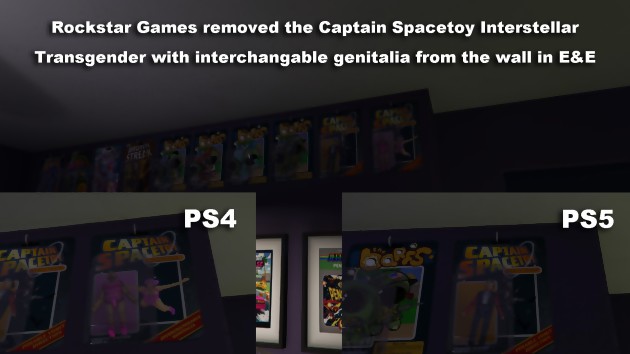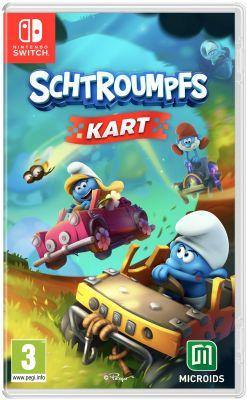 Like a choral film, As Dusk Falls revolves around the crossed destinies of many characters. These can be essentially grouped into two distinct families. On the one hand, that of the Walkers, made up of the couple Vince and Michelle, their young daughter Zoe and grandfather Jim. On the other, the Holt clan, made up of father Bear, mother Sharon and the three grown children Dale, Tyler and Jay. Other protagonists also enrich the cast, whether Sheriff Dante Romero, Paul and Joyce the motel owners, high school student Vanessa or FBI special agent Bradley. The scenario, which is told to us through various flashbacks and round trips between several eras (in particular the years 1998 and 2012), revolves around a founding event: the robbery by the Holts of the motel where the Walkers temporarily reside. Located on the mythical Route 66, this unfortunate meeting point is an ideal setting to create a great road-movie atmosphere, which is later confirmed by different marvels. Even if the course of events does not avoid certain clichés, the impression of being in front of a film or a series made in the USA is rather pleasant. This point is reinforced by the presence of an adequate pop-rock-folk soundtrack and convincing French dubbing, obviously performed by professional actors. And as the warning message preceding the first launch of the adventure proclaims, you can expect "scenes of intense violence, family conflict, psychological distress, suicide". This very last point is even awkwardly reminded before the third chapter, since the game informs us of an upcoming suicide scene and offers us to skip it. Problem: the conclusion of the chapter in question becomes visible for miles. The self-disclosing adventure is a concept...
Like a choral film, As Dusk Falls revolves around the crossed destinies of many characters. These can be essentially grouped into two distinct families. On the one hand, that of the Walkers, made up of the couple Vince and Michelle, their young daughter Zoe and grandfather Jim. On the other, the Holt clan, made up of father Bear, mother Sharon and the three grown children Dale, Tyler and Jay. Other protagonists also enrich the cast, whether Sheriff Dante Romero, Paul and Joyce the motel owners, high school student Vanessa or FBI special agent Bradley. The scenario, which is told to us through various flashbacks and round trips between several eras (in particular the years 1998 and 2012), revolves around a founding event: the robbery by the Holts of the motel where the Walkers temporarily reside. Located on the mythical Route 66, this unfortunate meeting point is an ideal setting to create a great road-movie atmosphere, which is later confirmed by different marvels. Even if the course of events does not avoid certain clichés, the impression of being in front of a film or a series made in the USA is rather pleasant. This point is reinforced by the presence of an adequate pop-rock-folk soundtrack and convincing French dubbing, obviously performed by professional actors. And as the warning message preceding the first launch of the adventure proclaims, you can expect "scenes of intense violence, family conflict, psychological distress, suicide". This very last point is even awkwardly reminded before the third chapter, since the game informs us of an upcoming suicide scene and offers us to skip it. Problem: the conclusion of the chapter in question becomes visible for miles. The self-disclosing adventure is a concept...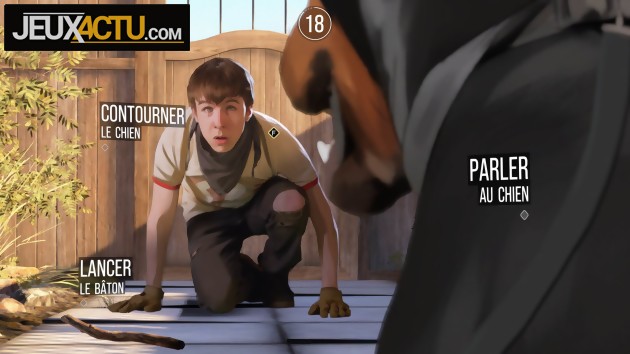
THE FIRST GAME THAT VOLUNTARILY RUNS AT 1 FPS
 Before approaching the "gameplay" which supports the adventure, it is impossible not to stop on the technical choices and the artistic direction retained by the developers. Rather than offering classic graphics or filmed sequences, As Dusk Falls expresses its point through photos of real actors passed through a lightly cartoon filter and superimposed (sometimes very correctly, sometimes approximately) on hardly detailed 3D sets. To simulate movement, certain images of the same character follow one another via a small crossfade. Quite disturbing, and even downright unpleasant before you get used to it, this effect amounts to displaying "animations" at a frequency of one frame per second. It is a style perfectly assumed by the studio, and which moreover participated in making the game stand out during its first public presentation, but it is difficult not to also have an economy of means. No complex modeling to do, no animators to hire, no lip synchronization to manage… Moreover, the slightly washed-out colors and the faces frozen in sometimes caricatural expressions are inevitably reminiscent of the photo novels of the last century. And anyone who's known that era knows that's hardly a compliment...
Before approaching the "gameplay" which supports the adventure, it is impossible not to stop on the technical choices and the artistic direction retained by the developers. Rather than offering classic graphics or filmed sequences, As Dusk Falls expresses its point through photos of real actors passed through a lightly cartoon filter and superimposed (sometimes very correctly, sometimes approximately) on hardly detailed 3D sets. To simulate movement, certain images of the same character follow one another via a small crossfade. Quite disturbing, and even downright unpleasant before you get used to it, this effect amounts to displaying "animations" at a frequency of one frame per second. It is a style perfectly assumed by the studio, and which moreover participated in making the game stand out during its first public presentation, but it is difficult not to also have an economy of means. No complex modeling to do, no animators to hire, no lip synchronization to manage… Moreover, the slightly washed-out colors and the faces frozen in sometimes caricatural expressions are inevitably reminiscent of the photo novels of the last century. And anyone who's known that era knows that's hardly a compliment...
This fairly kitsch graphic treatment even makes certain situations ultimately remind us more of the Young and the Restless than Fargo or Thelma and Louise. Of course, our opinion on this matter is completely subjective, and there is no doubt that this particular aesthetic will also have its fans and defenders. Similarly, interactivity reduced to a minimum may also disappoint some and please others. Unlike most other games of the genre, here, for example, the characters are never directed. Scenes appear automatically one after the other, there is no inventory to manage, and no puzzles to solve. The only legacy of classic adventure games comes from a few very rare phases where we are asked to click in a static shot on two or three interactive zones. As for the essential QTEs associated with the narrative genre (hammering a key, choosing a direction, long pressing a button, etc.), they are always extremely easy here, if not completely impossible to miss for anyone familiar with controllers.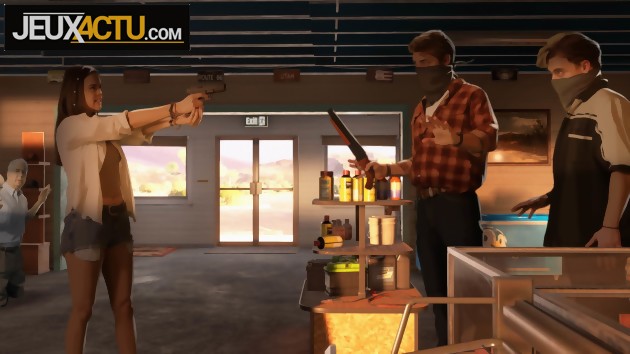
CHOICES, CONSEQUENCES, AND NO CHEATING
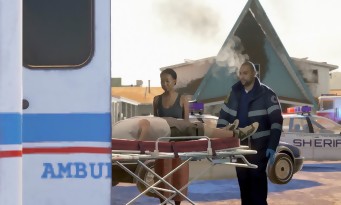 If the picture we've painted so far seems pretty bleak to you, rest assured: the game makes up for all its awkwardness thanks to its non-linear storytelling system. All this aspect is particularly successful, at the height of the best representatives of the genre. False choices are for example totally absent (or more exactly clever enough not to be detectable), while the game clearly separates the different decisions to be made. The less important ones must be completed in a limited time and generally offer us three or four choices, while the most impactful are signaled by a message "Fork – Think carefully", and devoid of a stopwatch so that the player can calmly weigh the pros and cons. against. Most exciting comes from the adventure's ability to deliver on its promise of consequences. The branches are numerous, varied, and lead to situations that are really different from each other. It is also very easy to check the richness of the system, since the developers give us access at the end of each chapter to the tree of narrative branches. This menu allows you to resume the adventure from certain specific points, in order to discover the other possible outcomes.
If the picture we've painted so far seems pretty bleak to you, rest assured: the game makes up for all its awkwardness thanks to its non-linear storytelling system. All this aspect is particularly successful, at the height of the best representatives of the genre. False choices are for example totally absent (or more exactly clever enough not to be detectable), while the game clearly separates the different decisions to be made. The less important ones must be completed in a limited time and generally offer us three or four choices, while the most impactful are signaled by a message "Fork – Think carefully", and devoid of a stopwatch so that the player can calmly weigh the pros and cons. against. Most exciting comes from the adventure's ability to deliver on its promise of consequences. The branches are numerous, varied, and lead to situations that are really different from each other. It is also very easy to check the richness of the system, since the developers give us access at the end of each chapter to the tree of narrative branches. This menu allows you to resume the adventure from certain specific points, in order to discover the other possible outcomes.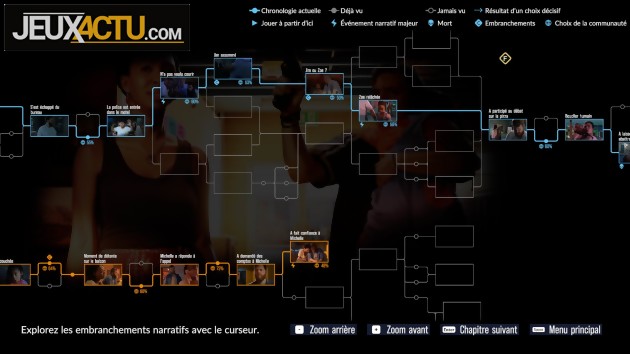
We are even given the choice between freely and temporarily exploring a new path, overwriting the current backup, or generating a new backup. This is perfect for testing the different possibilities and thus realizing the titanic work done by the screenwriters. Divided into six chapters themselves grouped into two books (Book I: Collision, Book II: Expansion), the game offers us an initial life of about six hours. But players curious about the different situations and endings will be able to keep busy for many more hours. Note that it is possible, and even recommended, to play several thanks to a voting option. Up to eight players can thus democratically compare their opinions, and even "fight" thanks to a limited number of vetoes, allowing everyone to impose their choice from time to time. In order to facilitate group sessions and access to the general public, the game has the good idea to offer a mobile application which allows you to use your smartphone as a controller. However, let's end with some additional grumbles: a few small bugs relating to audio and subtitles are present (cut sentences, text that is not displayed in rhythm), while the "ultimate" ending (which comes after the endings summarizing the fates of the different characters) seemed quite frustrating to us. Based on a revelation that opens the door to a lot of questions, it seems to awkwardly announce a DLC or a sequel, as if a Book III was planned from the start and was ultimately left out.




